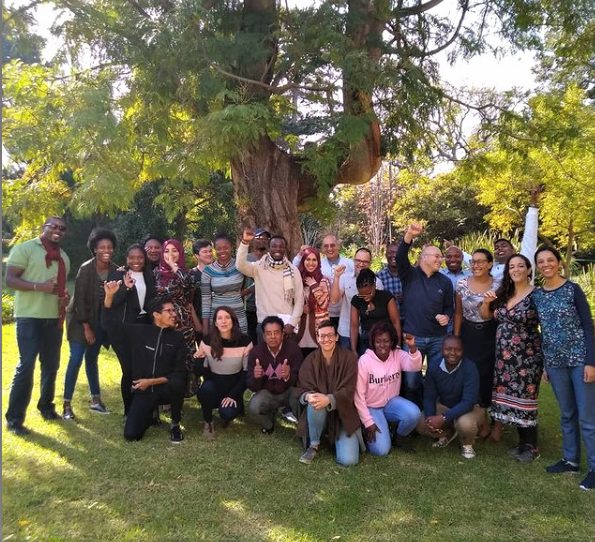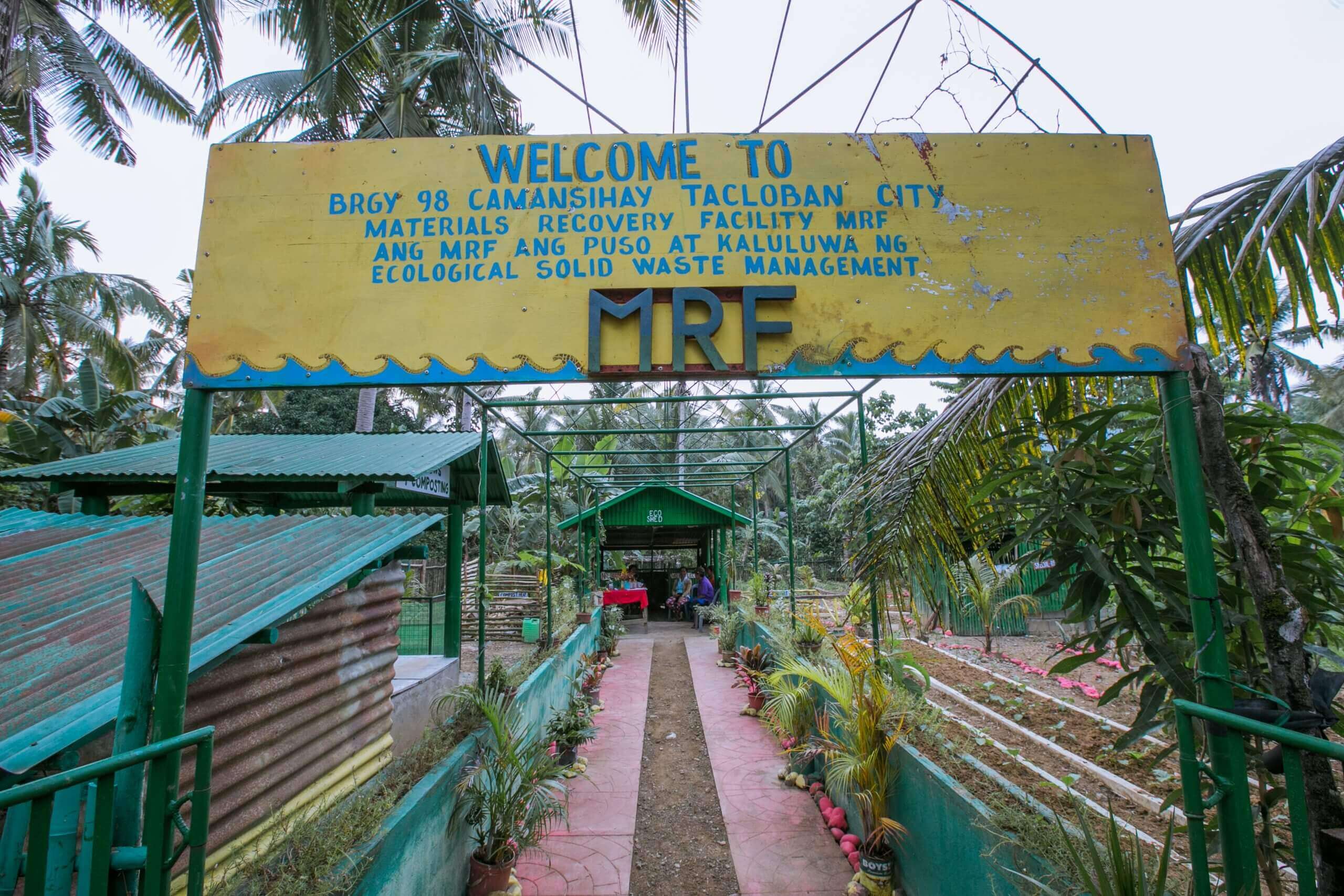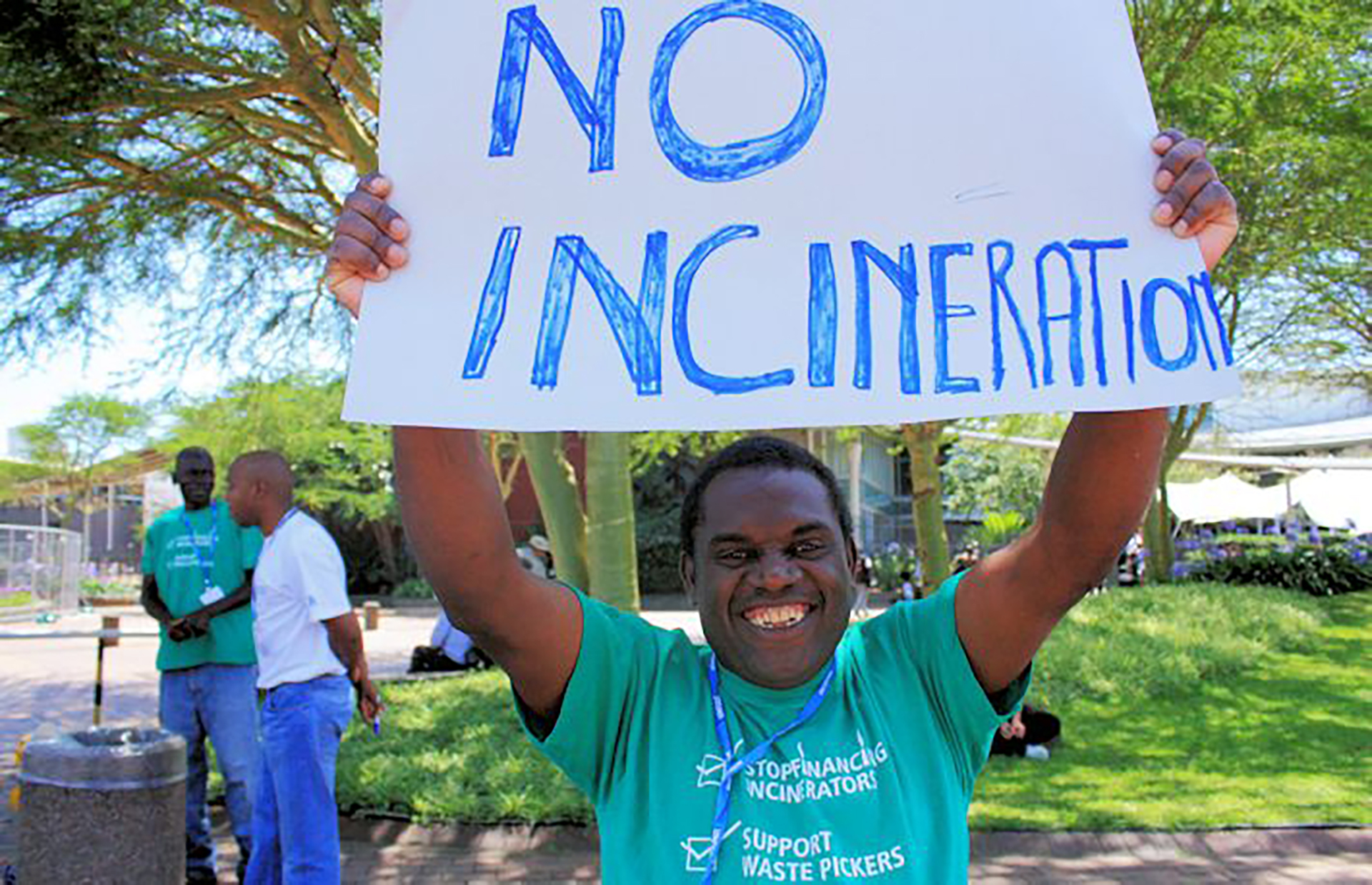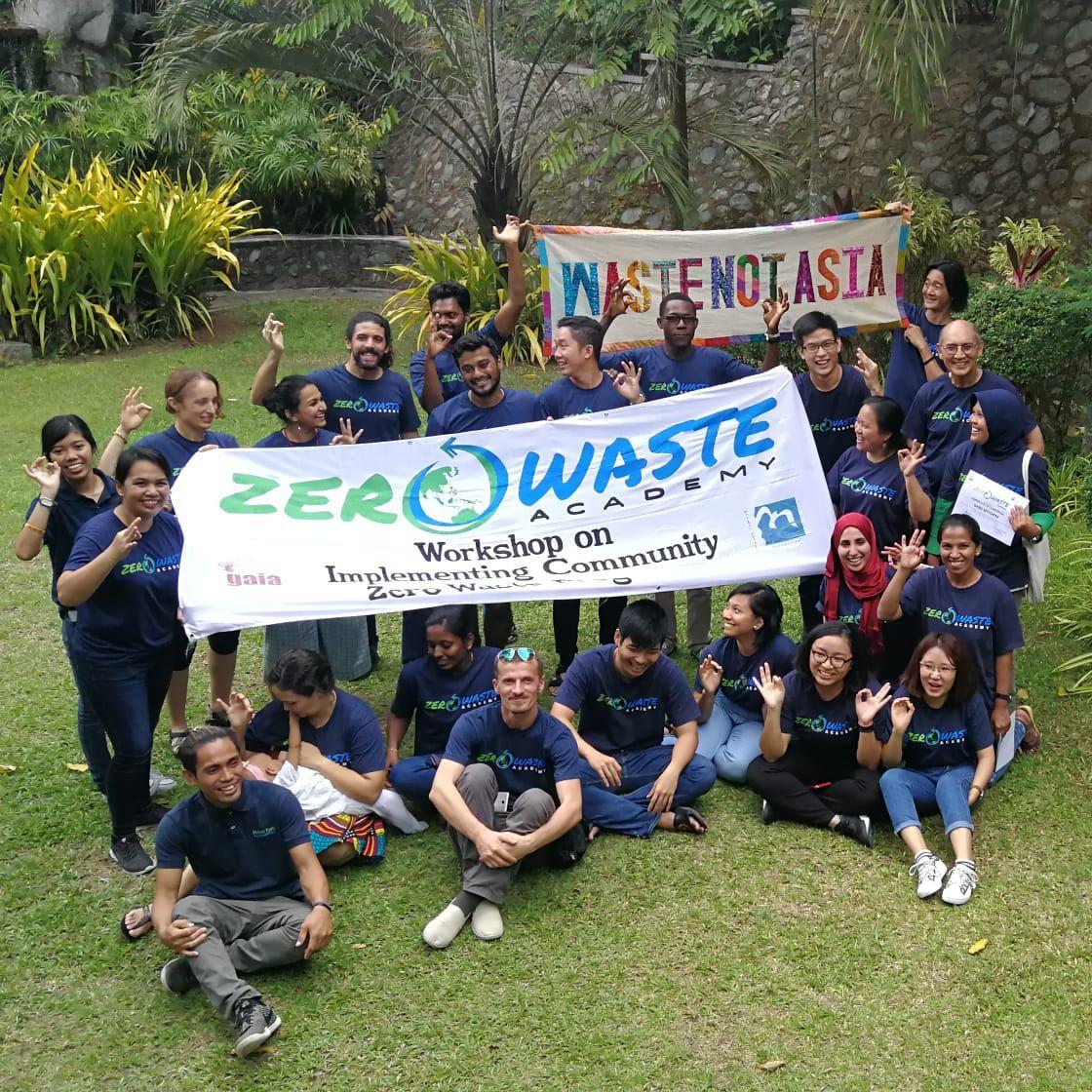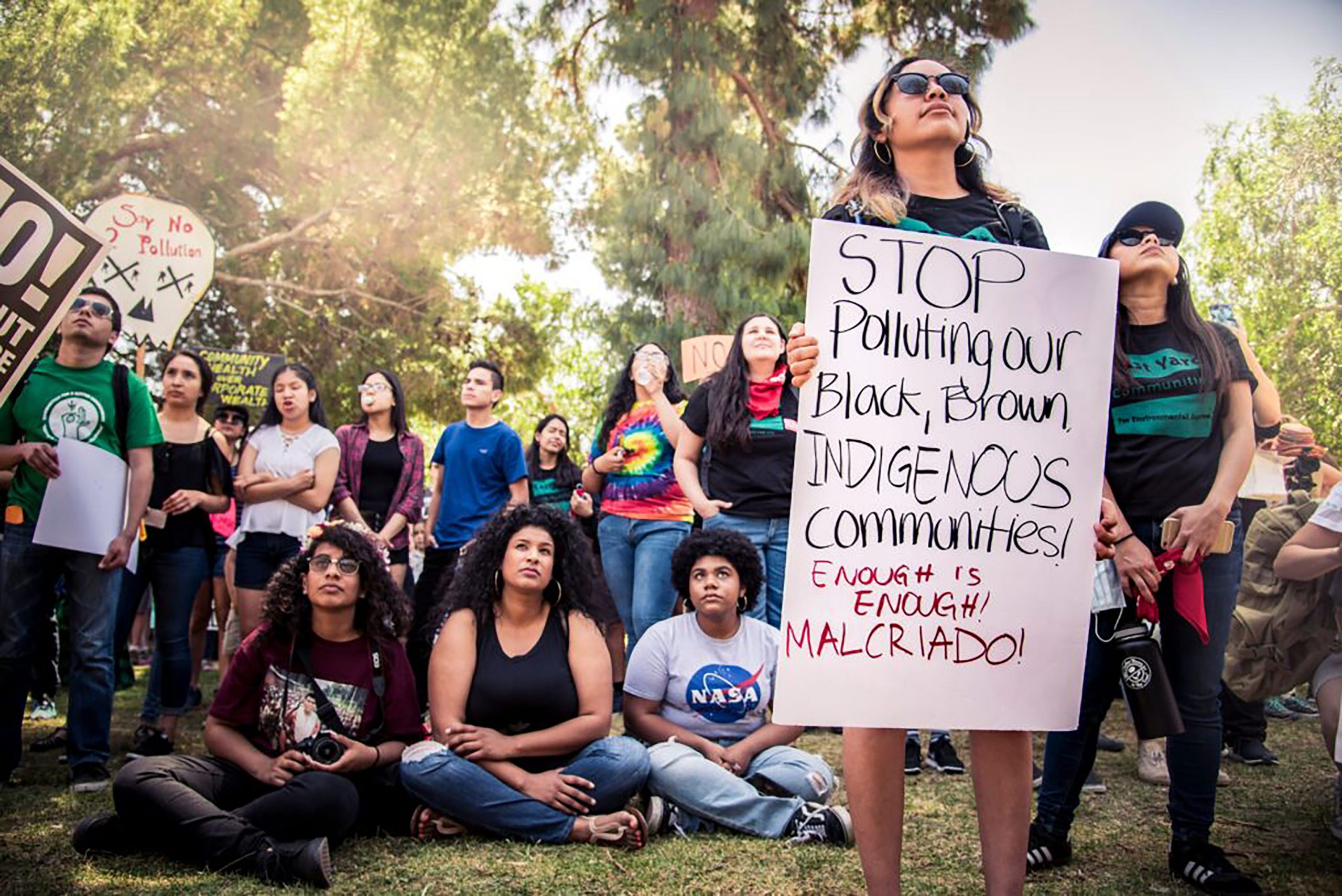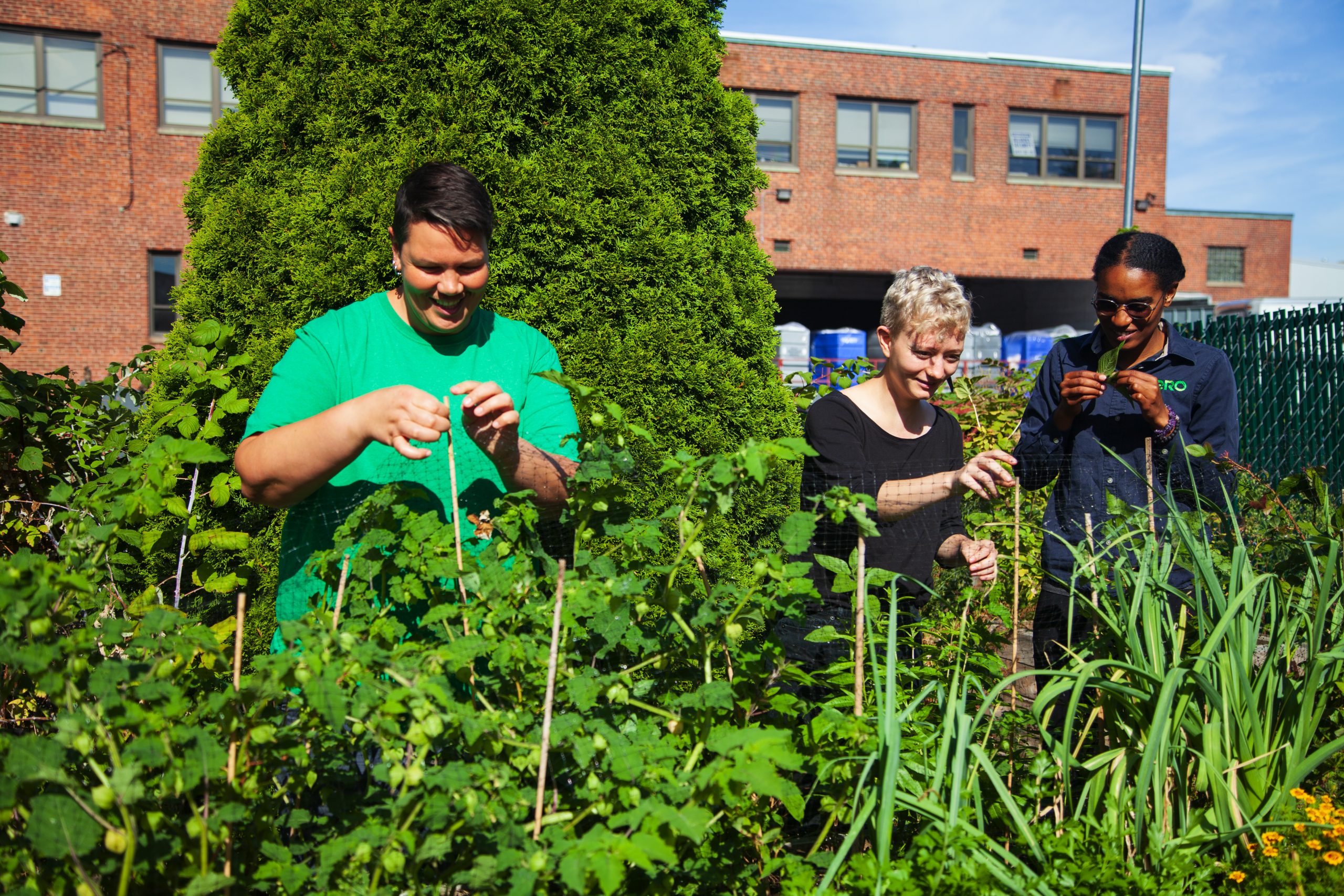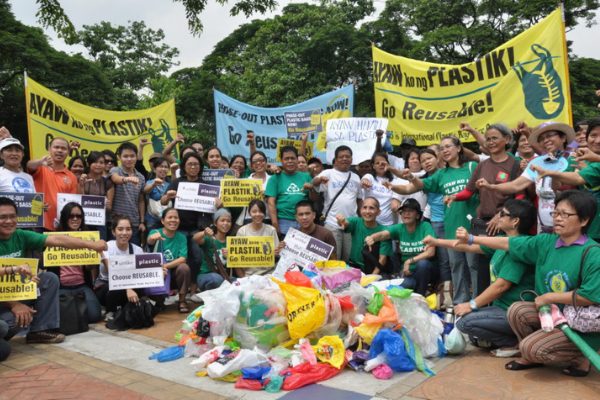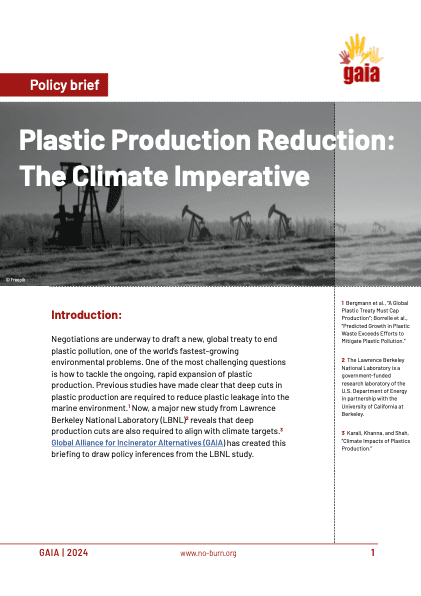
U.S. & Canada Regional Coordinator Denise Patel To Speak Out on Waste, Climate, and Environmental Justice at the Environment and Climate Change Subcommittee Wednesday, March 4
As the U.S. grapples with more and more climate-related disasters, along with a floundering recycling system and pile-up of plastic garbage, it’s no wonder that members of Congress are turning their attention to possible solutions to both waste and climate as two heads of the same beast.
This Wednesday, March 4, Energy and Commerce Chairman Frank Pallone, Jr. (D-NJ) and Environment and Climate Change Subcommittee Chairman Paul Tonko (D-NY) are convening a hearing on recycling and waste management in the U.S., including its impacts on climate and the environment. The hearing is entitled, “Reduce, Reuse, Recycle, Reform: Addressing America’s Plastic Waste Crisis.”
We cannot prevent catastrophic climate change without also addressing the crisis of waste. Greenhouse gas emissions and waste generation have increased over the past two decades at a time when both need to reach net zero. In 2018, greenhouse gas emissions from waste were the 6th greatest source of GHG emissions in the U.S., exposing the colossal climate impact from waste management facilities like landfills and incinerators. Waste-to-energy incinerators are notoriously bad for the climate– they emit more greenhouse gases than coal-fired power plants, per unit of energy generated.
We know that’s only the tip of the (melting) iceberg. To get a full understanding of how waste and climate change are connected it’s important to look at the system of overproduction and overconsumption that’s fueling our climate crisis. Take plastic for instance–which is used for minutes and stays in the environment for centuries. Plastic damages our climate from the moment fossil fuels are extracted from the earth to its disposal in incinerators, landfills, or the open environment.
And it’s about to get worse. By 2050, fossil fuel companies estimate that the total volume of plastic ever produced will quadruple, reaching 34 billion tons. If the business-as-usual approach to plastic production and burning of plastic continues unmitigated, cumulative greenhouse gas emissions by 2050 will be between 10-13 percent of the total remaining global carbon budget to keep global temperature rise below 1.5C.
As more and more plastic is getting produced, more of it is getting incinerated, which is a big problem for the climate. Every metric ton of plastic burned in an incinerator results in about 2.7 tons of CO2 emissions. The climate impact of plastic waste incineration in the U.S. was about 5.9 million metric tons in 2015, which is equivalent to 1.26 million passenger vehicles driven for one year.

Photo by Pamela Hannah
In addition to climate pollutants, incinerators also emit other toxics at greater rates than fossil fuel power plants, including particulate matter, dioxins, lead, and mercury, which threaten human health. These impacts are not borne equally– in fact 79% of incinerators are cited near low income communities and communities of color, contributing to the already disproportionate pollution these populations face. These same communities are also the hardest hit by the impacts of climate change whether it is from severe storms and hurricanes, deadly heat waves, wildfires, rising sea level, spikes in food prices, or pollution-induced asthma attacks.
Not only are plastics and fossil fuel companies planning on making more plastic, but the remedies they are proposing are woefully inadequate, like recycling our way out, incinerating our way out, and innovating our way out with ever more complicated, expensive, and unproven methods like chemical recycling and plastic-to-fuel. We no longer have the time to waste on these false solutions. Once burned, the products cannot be converted back into plastics, and are therefore, not recycled. The little information that we do know shows chemical recycling technology is not yet proven to work, is energy intensive, and produces more greenhouse gas emissions and toxic waste.
The recent attention to plastic pollution shines a light on the systemic problems of how waste is created and managed in the United States. In the present system it is next to impossible for consumers to avoid plastic, and to add insult to injury, local governments and communities have to bear the burden of paying for the resulting waste, both the cost of cleaning it up and the cost to public health. Meanwhile, consumer goods companies and retailers continue to sell products in non-recyclable, single use packages made from cheap, virgin plastic.

The good news is that legislators both locally and nationally are rethinking how to fix our waste problems, not just by cleaning it up but bypreventing waste in the first place. Policymakers can make lasting change by banning incineration, forcing companies to pay for the waste they create, and incentivizing innovative new reuse models. The solutions are out there, and there’s no time to waste.
You can watch Denise’s testimony on March 4, at 10:30 am EST via livestream HERE.
